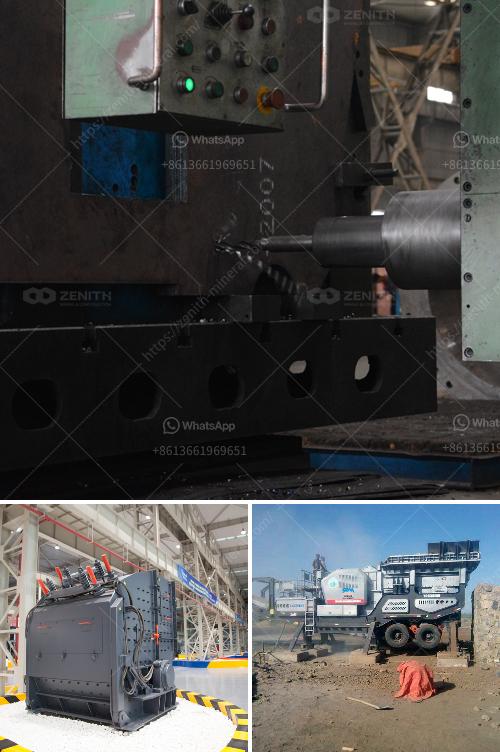A grinding cement mill, also known as a cement mill, is a crucial piece of equipment in the cement production process. Its primary function is to grind clinker, a material formed from the hightemperature reaction of raw materials in a kiln, into fine powder. Here's a simplified overview of how it works:
-
Feeding the Mill:
- Clinker and Additives: The clinker and other additives (e.g., gypsum, fly ash, limestone) are fed into the mill. These materials are often pre-crushed to facilitate easier grinding.
- Feeding Mechanism: The materials are fed into the mill using a belt conveyor or other feeding systems.
-
Grinding:
- Rotating Drum: The mill consists of a large rotating drum, typically lined with steel or rubber to protect against wear and tear.
- Grinding Media: The drum contains grinding media such as steel balls or rods. As the drum rotates, the grinding media is lifted up on the rising side of the drum, and then cascades down, crushing the clinker and other materials.
- Crushing Process: This continuous action reduces the size of the clinker and additives to a fine powder, creating cement.
-
Airflow and Separation:
- Air Circulation: Air is introduced into the mill to carry the fine cement particles out of the mill. This airflow helps cool the mill and removes the finished product.
- Separation: The fine cement particles are separated from the air in a separator or cyclone, and the larger particles are returned to the mill for further grinding.
-
Collection and Packaging:
- Collection: The fine cement powder is collected from the separator.
- Storage and Packaging: The finished cement is then stored in silos and subsequently packaged into bags, bulk containers, or transported directly to bulk consumers.
-
Quality Control:
- Sampling and Testing: Regular samples are taken from the mill to ensure that the final product meets the required quality standards.
- Adjustments: Based on quality control results, adjustments can be made to the grinding process to ensure consistent quality.
Grinding cement mills play a critical role in ensuring that the final product possesses the desired qualities, such as compressive strength, setting time, and durability. Efficient operation and precise control of the grinding process are essential for producing high-quality cement.

